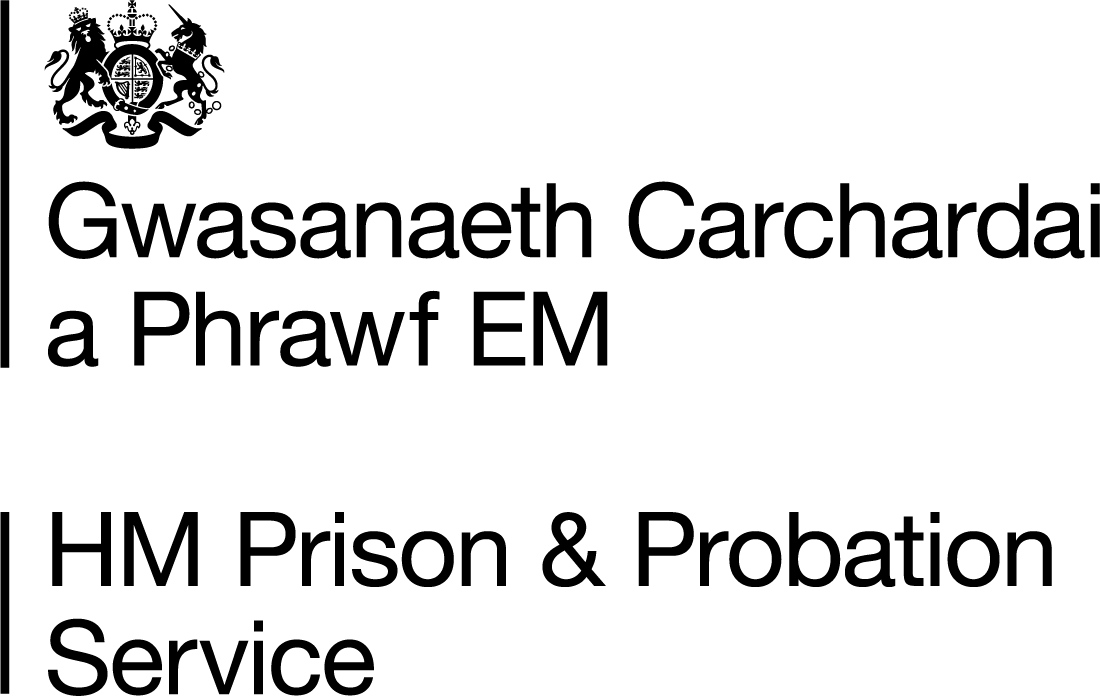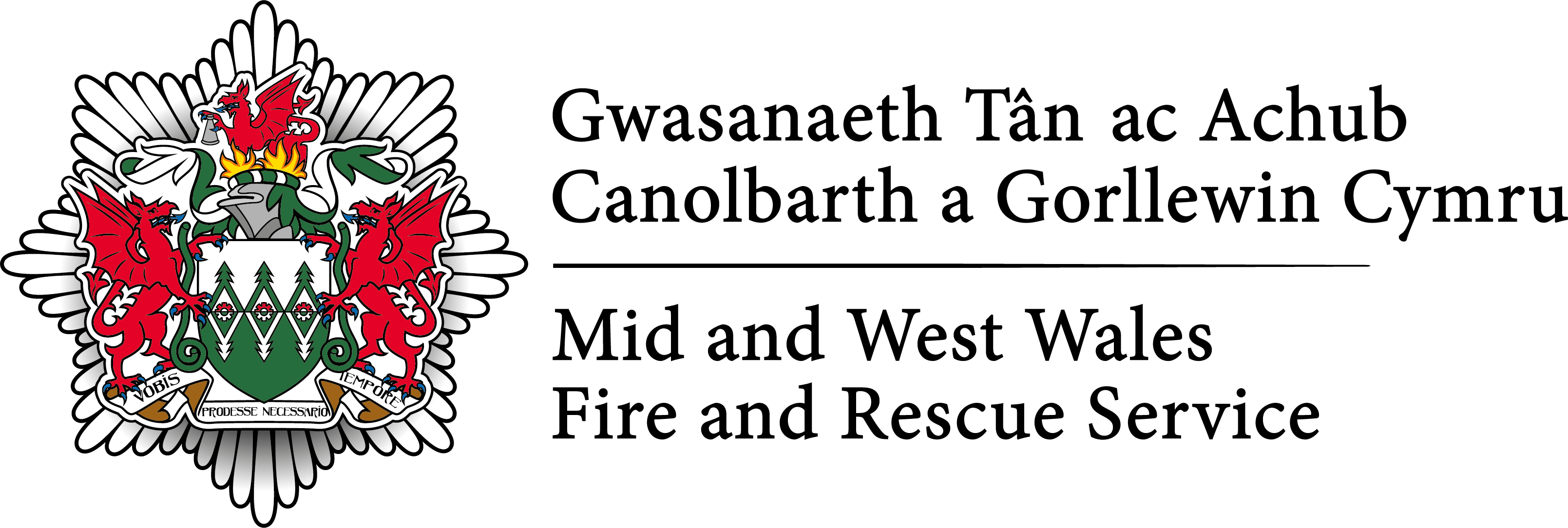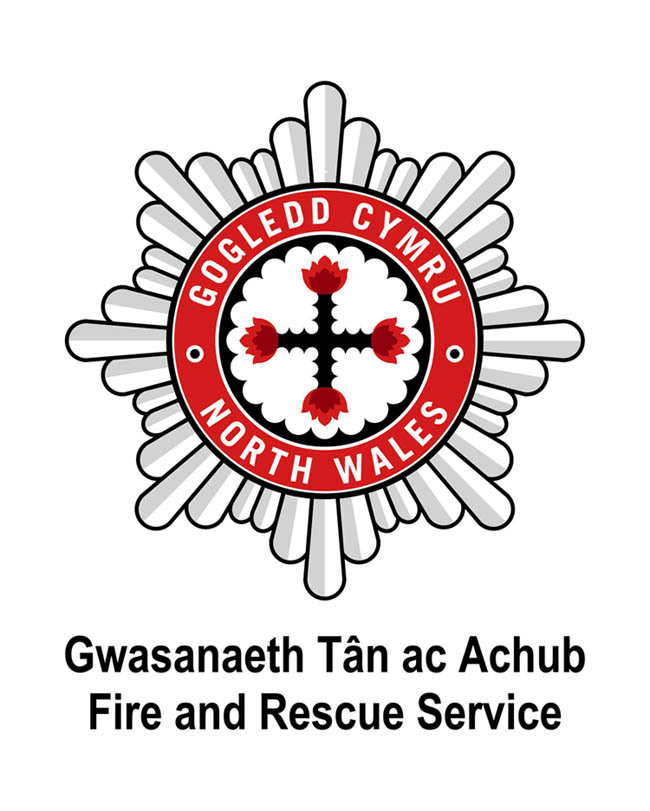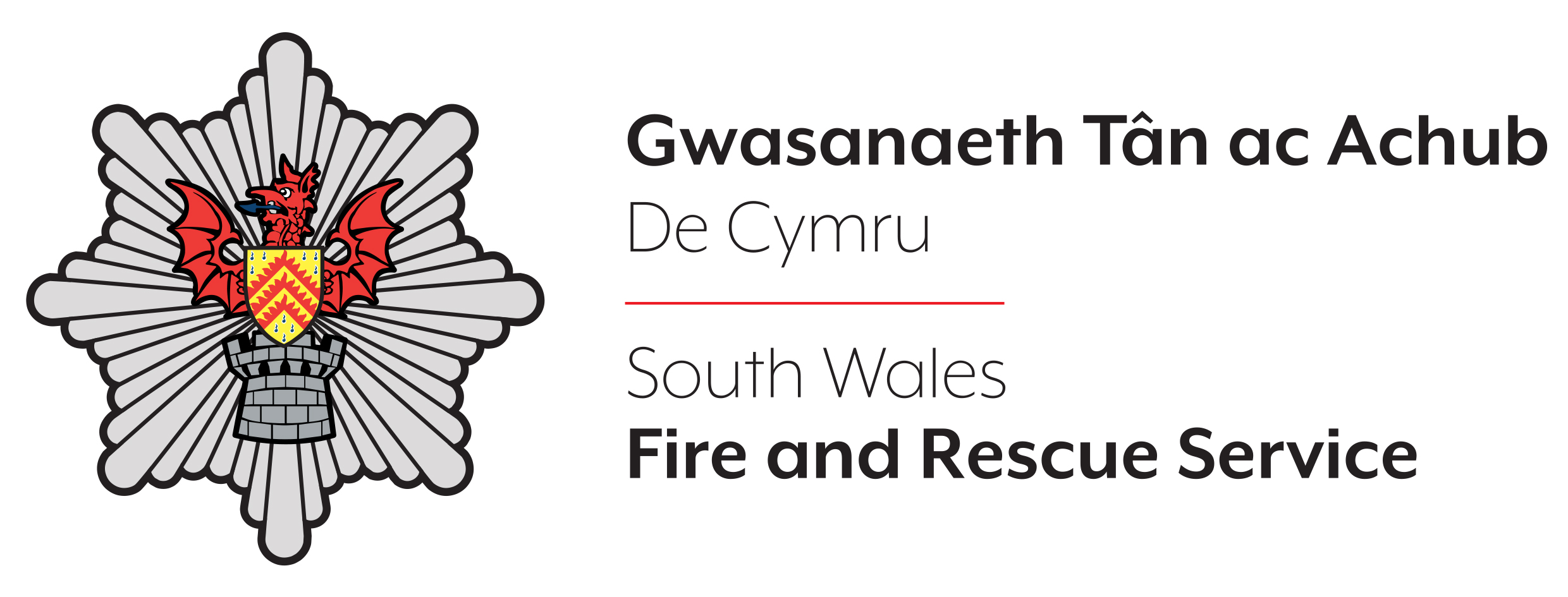- The statutory definition for a surveillance camera system is set out in Section 29(6) of the Protection of Freedoms Act 2012 and is taken to include: (a) closed circuit television (CCTV) or automatic number plate recognition (ANPR) systems; (b) any other systems for recording or viewing visual images for surveillance purposes; (c) any systems for storing, receiving, transmitting, processing or checking the images or information obtained by (a) or (b); (d) any other systems associated with, or otherwise connected with (a), (b) or (c).
- Data Protection Act 2018
- Road Traffic Act 1991 (introduction of speed cameras)
- The Road Vehicles (Construction and Use)(Amendment)(No. 5) Regulations 2005 (use of speed limiter devices)
According to the Metropolitan Police, these laws and legislation allow the use of facial recognition:
- Common law
- Human Rights Act 1998
- Data Protection Act 2018
- Equality Act 2010
- Protection of Freedoms Act 2012
- Freedom of Information Act 2000
Anyone operating a drone for recreational use is required to follow guidelines published by the Civil Aviation Authority.










